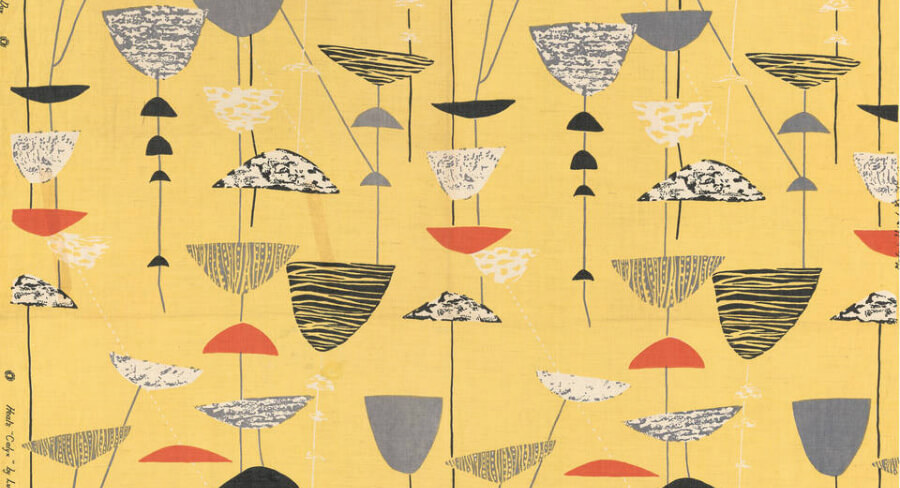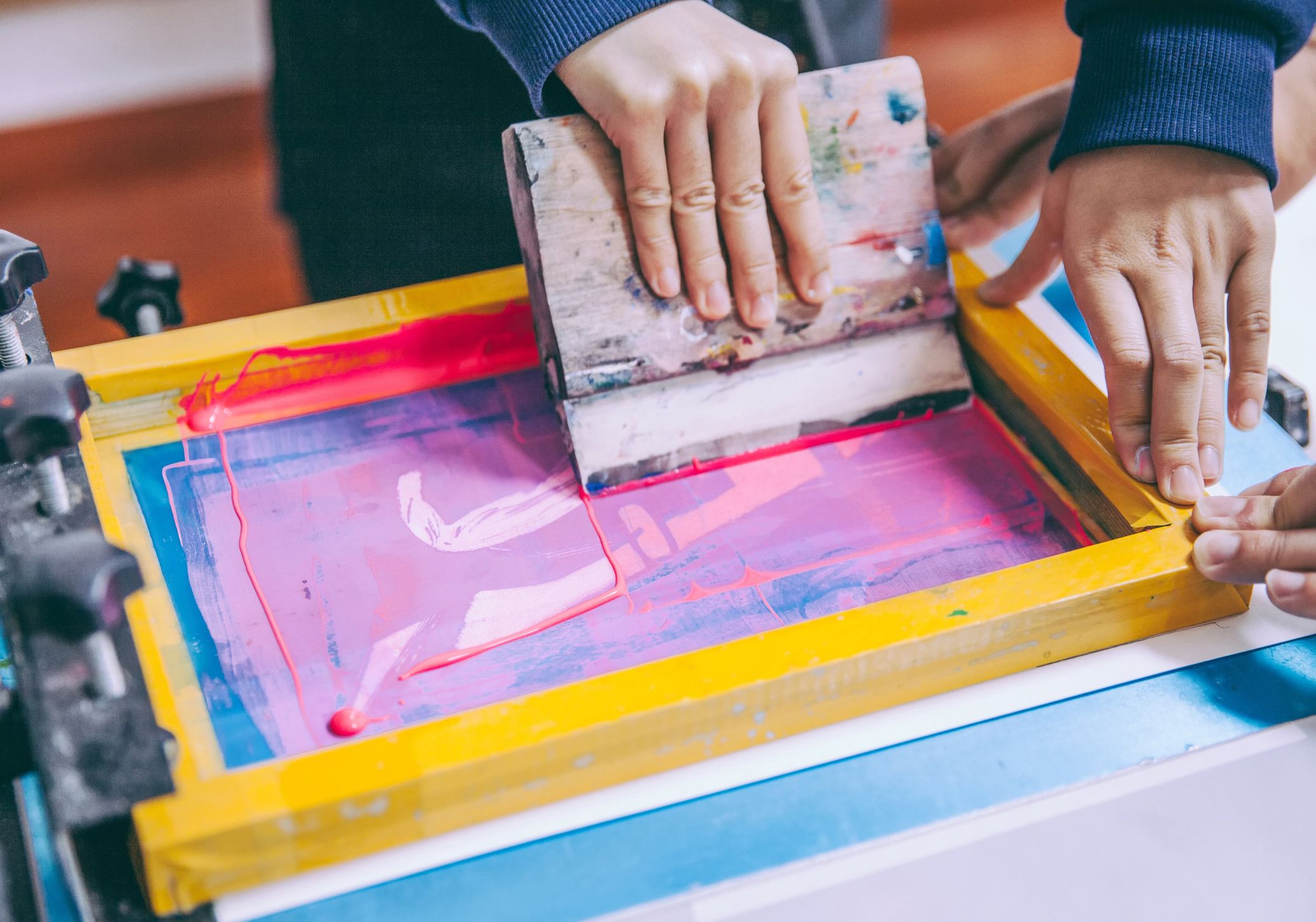
Digital Aids for Fashion Design: Exploring Design Assets
The Digital Transformation of Fashion Design
In recent years, the fashion industry has undergone a remarkable digital transformation. Designers are no longer confined to traditional methods of sketching and sewing. The integration of technology has ushered in a new era in fashion design, one that embraces innovation, efficiency, and sustainability. This blog will take you on a journey through the digital tools that are reshaping the fashion landscape.
The Power of 3D Modeling
3D modeling has become a game-changer for fashion designers. With the ability to create lifelike virtual prototypes, designers can visualize their creations in ways that were previously unimaginable. This technology not only saves time but also reduces the need for physical prototypes, contributing to sustainability by minimizing material waste and production costs.
AI and Trend Analysis
Artificial intelligence is playing a pivotal role in forecasting fashion trends. AI algorithms can analyze vast amounts of data to predict the next big thing in fashion. By leveraging this predictive power, designers can create collections that resonate with consumers, reducing the risk of overproduction and unsold inventory. This data-driven approach enables designers to stay ahead of trends and meet market demands more effectively.
The Rise of Virtual Fashion Shows
The digital age has given birth to virtual fashion shows, transforming how collections are showcased. These immersive experiences allow designers to present their work to a global audience without the need for physical runway events. Virtual fashion shows not only save resources but also open up new avenues for creativity in presentation, offering endless possibilities for innovative storytelling.
Digitization of Fabric Swatches
Digital tools have revolutionized the way fabrics are selected. Designers can now access extensive libraries of digitized fabric swatches, streamlining the process of choosing materials for their creations. This digital approach is more efficient, environmentally friendly, and allows for greater experimentation with textures and patterns before committing to physical samples.
Sustainability in Fashion Design
Digital aids are not just about convenience and efficiency; they are also driving sustainability in the fashion industry. By reducing waste, optimizing production processes, and minimizing the environmental impact, these technologies are fostering positive change. The digital transformation in fashion design is helping the industry move towards a more sustainable future, where creativity and responsibility go hand in hand.
Conclusion: The Future of Fashion Design
The integration of digital tools in fashion design is transforming the industry in unprecedented ways. From 3D modeling to AI-driven trend analysis, these innovations are enhancing creativity, reducing waste, and promoting sustainability. As we look to the future, the fashion industry will continue to evolve with the help of technology, making it an exciting field to watch.
Stay tuned for more insights into the digital revolution that is reshaping the world of fashion design. The future of style is here, and it’s more innovative and sustainable than ever.



.jpg)
.jpg)







